Australian Farm Grows Bluberry the Size of a Golf Ball
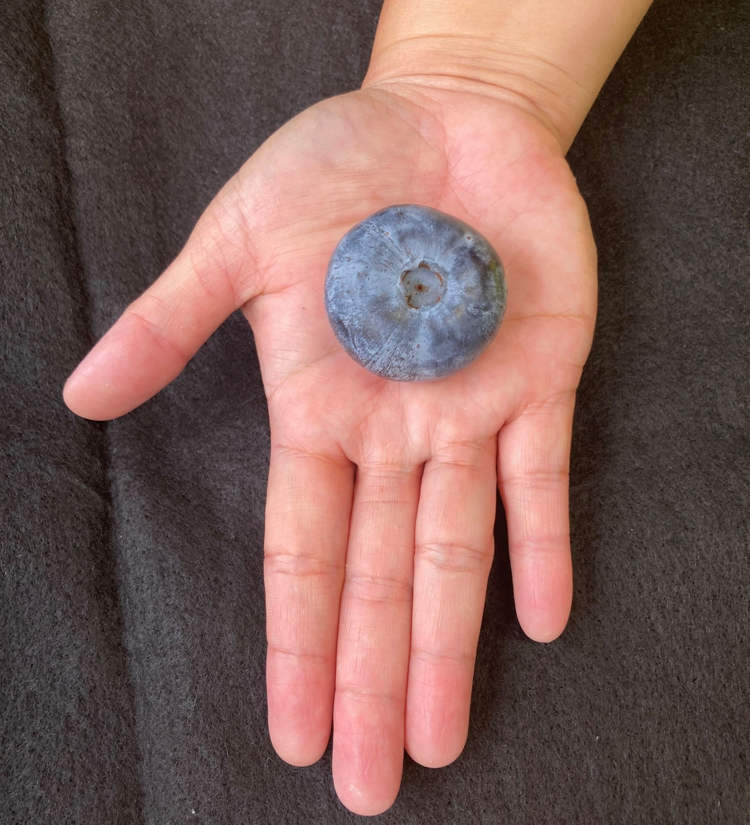
Australian fresh produce company Costa Group recently set a new Guinness Record for the world’s heaviest blueberry, with a 20.4-gram fruit roughly the size of a golf ball. Picked on November 13, 2023, at Costa’s berry farm in Corindi, New South Wales, the record-breaking blueberry was from the Eterna variety, which is known for yielding […]
The “Beautiful Princess” of Strawberries Costs Up to $350 Per Piece
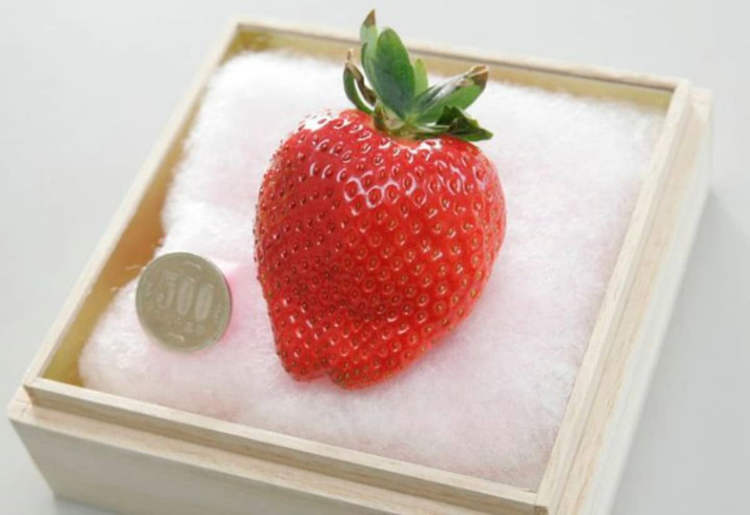
Bijin-Hime, aka ‘Beautiful Princess’, is a Japanese strawberry variety that is perfectly shaped and colored and offers an unmatched flavor. It also costs up to $350 a piece, making it one of the world’s most expensive fruits. Developed by Mikio Okuda, a Japanese farmer with over 45 years of experience growing strawberries, over 15 years […]
Japanese Farmers Develop Sweet and Sour ‘Lemon Melon’
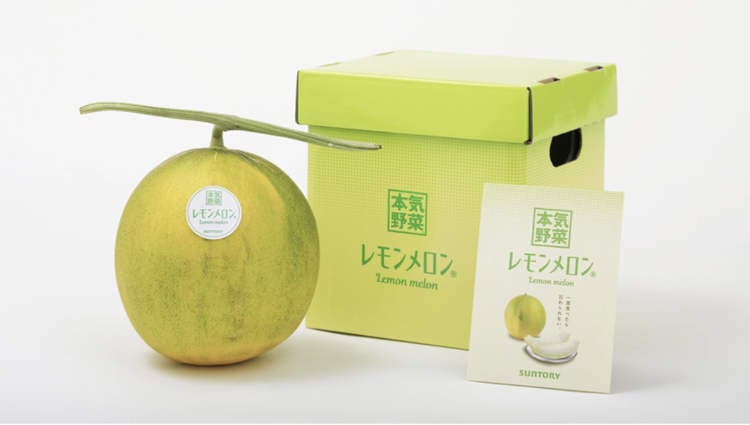
The Lemon Melon is a newly-developed type of melon that apparently combines the sweetness and aroma of the melon with a slight sourness reminiscent of a lemon. Japanese horticulture company Suntory Flowers reportedly spent five years developing the lemon melon, breeding it from a type of melon originally imported from overseas. The process involved a […]
Chinese Farmer Claims to Have Created Half-Melon Half-Watermelon Hybrid Fruit
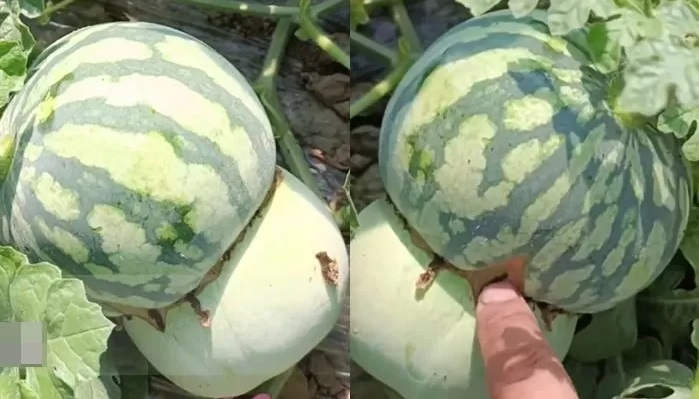
A Chinese farmer claims to have successfully created a hybrid fruit that allows people to enjoy the taste of both melon and watermelon in equal measure. A 40-something watermelon farmer from Fuyang, in China’s Anhui province, referred to only as Mr. A by Chinese news outlets recently lit up Weibo, China’s version of Twitter, with […]
Densuke – The World’s Most Expensive Watermelon
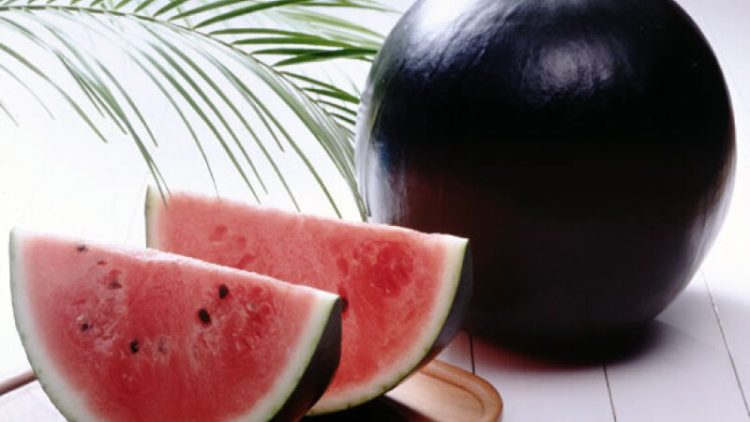
Of the more than 1,200 varieties of watermelon grown around the world, none is more expensive or more sought-after than the famous Densuke black watermelon. Grown only on the northern island of Hokkaido, in small quantities that rarely exceed 100 units per year, Densuke is regarded as one of the rarest watermelons in the world. […]
Aptly-Named ‘Miracle Berry’ Makes Even the Sourest of Things Taste Sweet
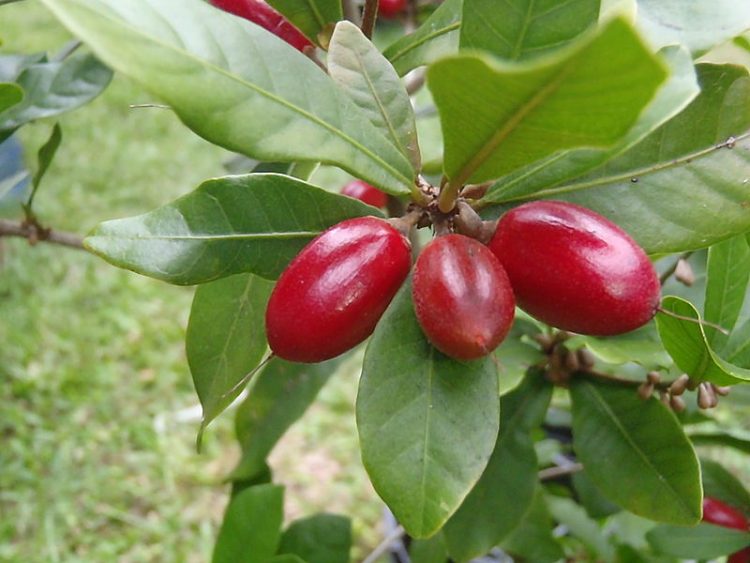
Synsepalum dulcificum, aka the miracle fruit or miracle berry, is a unique plant known to produce fruits that, when eaten, make all sour foods and drinks subsequently ingested taste sweet. For centuries, indigenous tribes of Ghana, in West Africa, used the fruits of the Synsepalum dulcificum plant to sweeten sour or tart fruits, foods, and […]
Mojie Ringo – Using Sunlight to Turn Apples Into Edible Works of Art
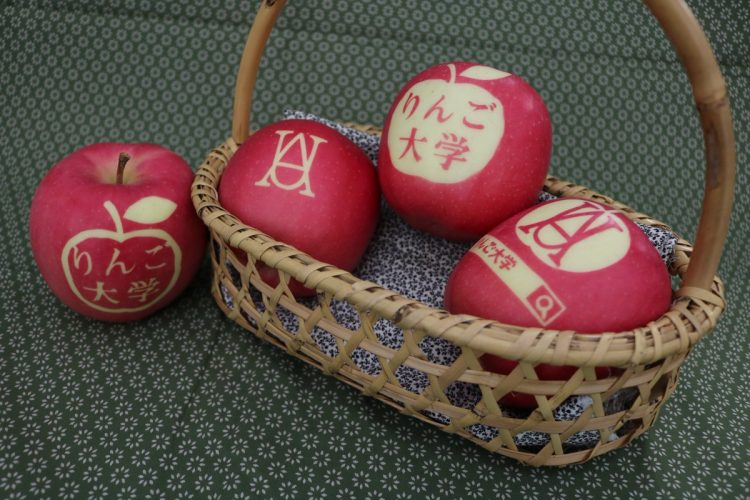
‘Mojie Ringo’ is a Japanese technique of harnessing the power of the sun to create beautifully decorated apples without the use of any sort of chemicals. For centuries, apple growers in Japan’s Aomori Prefecture have been creating stunning heirloom apples by using the mojie ringo technique. The process is fairly simple, as basically implies depriving […]
Gangina – The Afghan Way of Keeping Grapes Fresh For Up to Six Months

Gangina is a traditional means of keeping grapes and other fruits fresh for several months, by sealing them in air-tight containers made of wet soil. Grapes are tricky to keep fresh for long periods of time, even when refrigeration is available, but apparently Afghans have long been using an ancient method of keeping the soft […]
Coquitos – The Tiny Coconuts of the Chilean Wine Palm
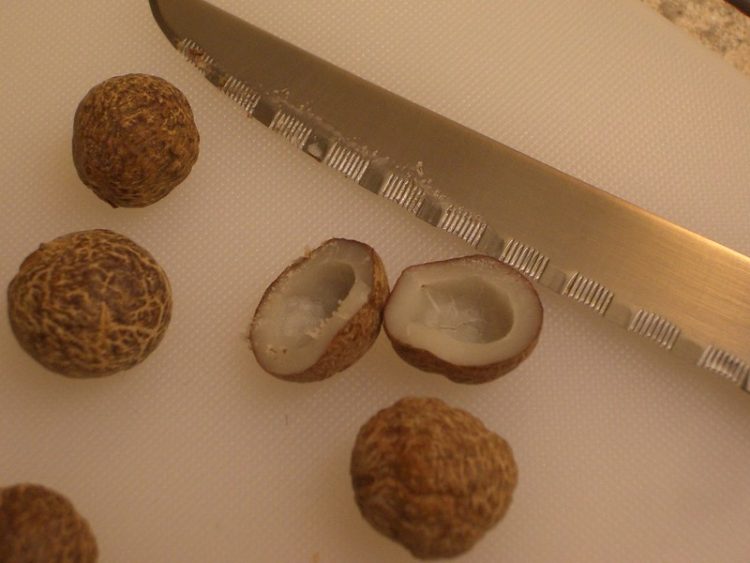
Coquitos, also known as pigmy coconuts or dwarf coconuts, are the tiny equivalent of the coconuts we all know (and some of us love). It’s hard to believe that I spent over three decades on this Earth and only learned that there is such a thing as a tiny, marble-sized coconut, today. Well, it may […]
Rare Grape Variety Is Larger Than a Chicken Egg
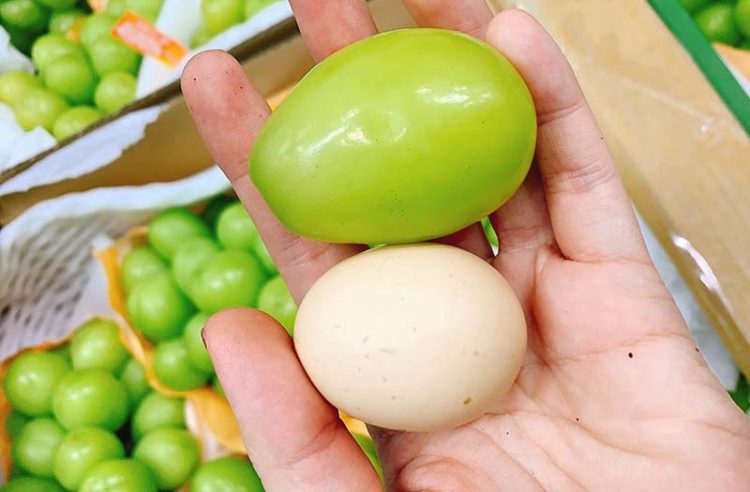
Pictures of giant grapes, larger than the average chicken egg, have been doing the rounds on Vietnamese social media this week, raising questions about their authenticity and origin. Novelty fruits are particularly popular in Japan, where specialized shops can sell certain varieties of apples, peaches, melons or grapes for mind-boggling prices. However, the popularity of […]
Japan’s Square Watermelons – Nice to Look at But Hard to Swallow
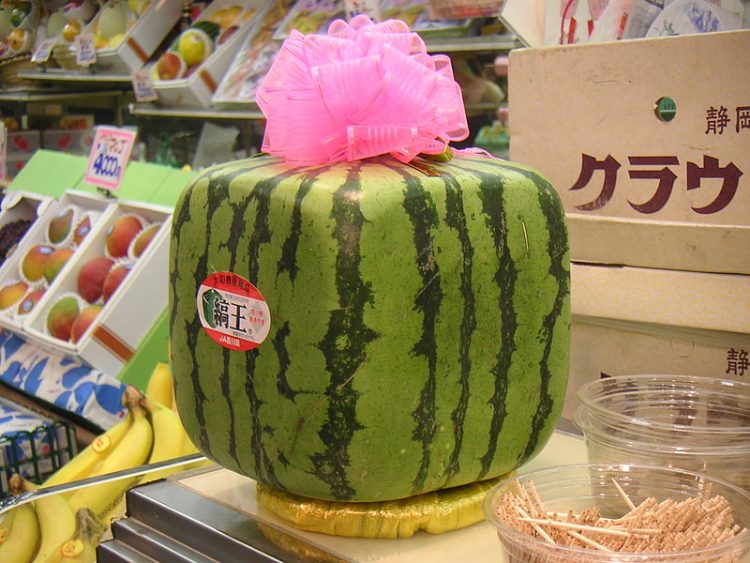
Unless you’ve been living under a rock for the past decade or so, you’ve probably seen pictures of Japan’s square watermelons doing the rounds online. I know I have, but what I never knew was that these weird-looking fruit are basically inedible. Perfectly sized and shaped fruits are big business in Japan, and it’s not […]
Social Distancing Has People So Bored They Are Littering Counting Seeds in Pieces of Fruit
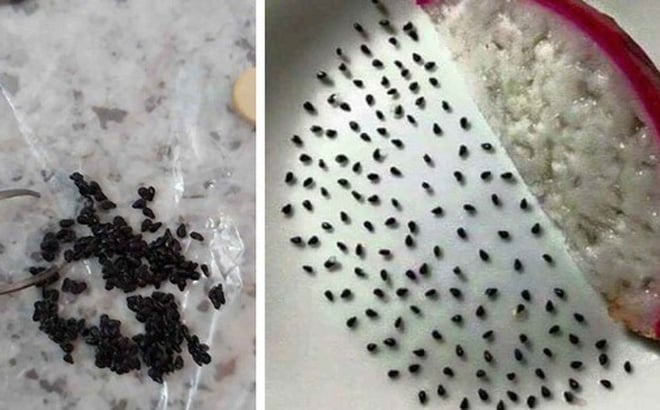
Having to spend days on end indoors has so people so incredibly bored that they are coming up with all kinds of bizarre ways of passing the time. Case in point one Vietnamese math student who recently spent a day meticulously extracting every single seed from a piece of dragon fruit and presenting her finding […]
Finger Lime – The Rare and Super Expensive Caviar of Citrus

Shaped more like a like a jalapeno pepper than a citrus fruit, the small finger lime yields tiny caviar-like pearls that burst with flavor when you bite into them. Originating from the lowland subtropical rainforests of coastal Australia, Citrus australasica, or the Australian finger lime has become one of the most sough-after ingredients by Michelin star […]
Ruby Roman – The World’s Most Expensive Grape Variety
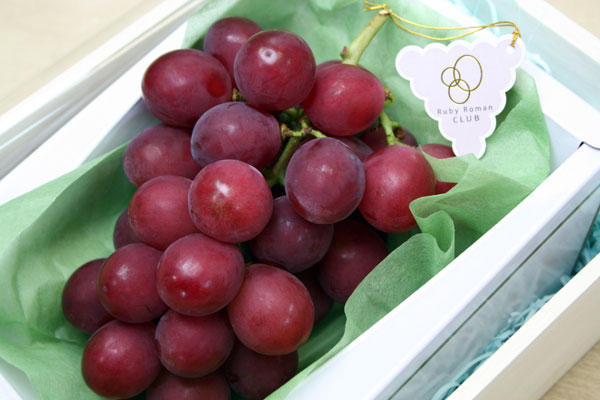
There are hundreds of grape varieties cultivated in japan, but only one so coveted that it can sell for several hundreds of dollars per grape (that’s individual grape, not bunch). The Ruby Roman was developed in Japan’s Ishikawa Prefecture and is considered one of the world’s most expensive fruits. The story of Ruby Roman began […]
Black Diamond Apples – The Rare, Dark Fruits You’ve Probably Never Heard Of
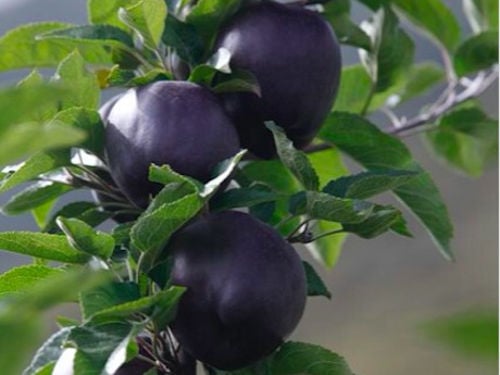
Apples are generally red, green, yellow or a combination of the three, but if the right geographical conditions are met, they can apparently grow dark purple, almost black, as well. These rare apples are called Black Diamond and they are currently only grown in the mountains of Tibet. Black Diamond apples are a breed of […]
